With the advent of advanced technologies, Indian agriculture is undergoing a major transformation and entering a new era of increased efficiency, productivity, and profitability. The rise of high-tech farming is revolutionizing how crops are grown and managed in India, offering a glimmer of hope for a sustainable future.
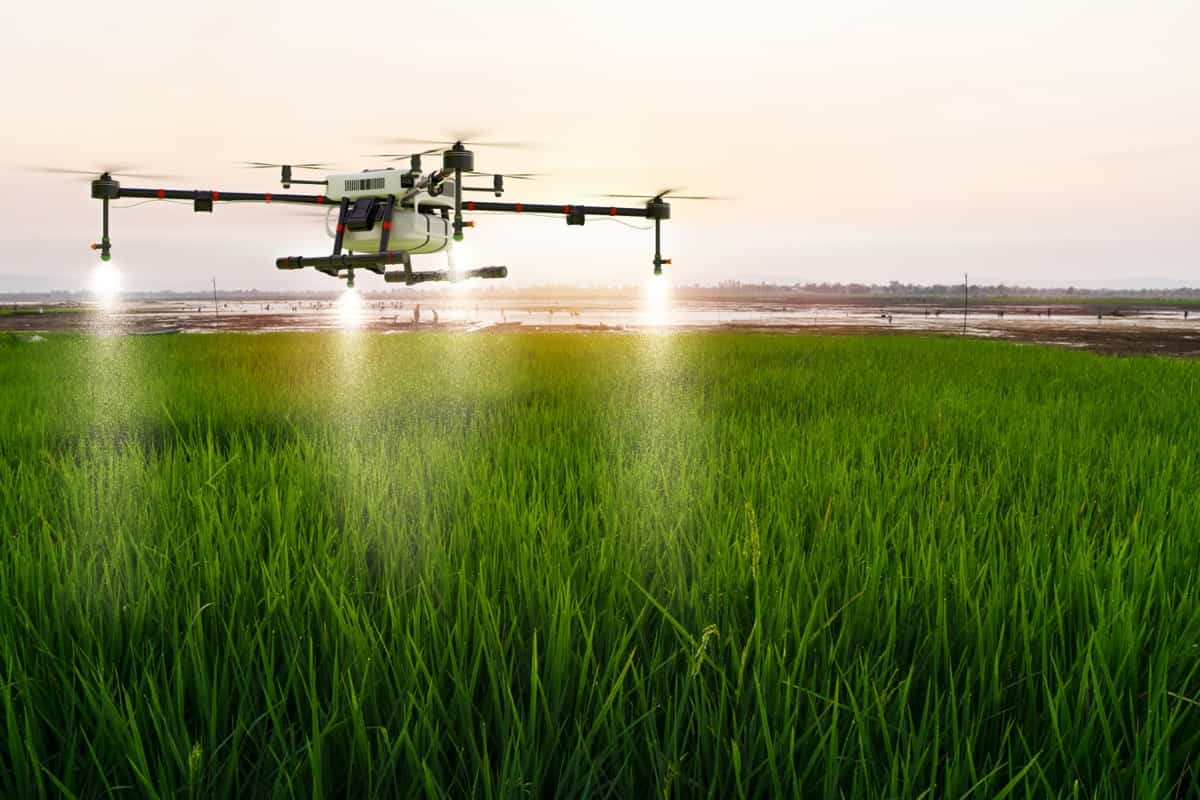
Imagine a world where GPS guides tractors, drones fly overhead to monitor crop health, and greenhouses are fully automated to optimize growing conditions. It is currently a reality in the fields of India and is no longer the stuff of science fiction. I welcome you to learn about how high-tech farming is influencing Indian agriculture’s future and how it can improve both farmers’ and consumers’ lives as we travel along this trip together.
High-tech farming in India
What is High-Tech farming?
High-tech farming is a type of agriculture that uses advanced technologies to increase crop yields and improve quality. This farming requires a significant investment in specialized equipment, training, and maintenance. The goal of high-tech farming is to meet the demands of both domestic and international markets by producing high-quality, pesticide-free products that are worth more.
Growing temperate vegetables in a tropical environment and creating disease-resistant plants through genetic engineering are two examples of high-tech farming. In short, high-tech farming is a capital-intensive and technology-driven approach to agriculture aimed at boosting yields, improving quality, and increasing market value.
Why Hi-Tech agriculture?
Hi-Tech agriculture is a modern and advanced method of farming that utilizes technology to solve problems in the farming industry. By using techniques such as mulching films and drip irrigation, farmers can overcome water scarcity in certain areas and increase their yields and profits. It is a profitable venture for farmers and aligns with the government’s goal of increasing their income.
In case you missed it: Integrated Organic Farming: A Holistic Approach to Agriculture
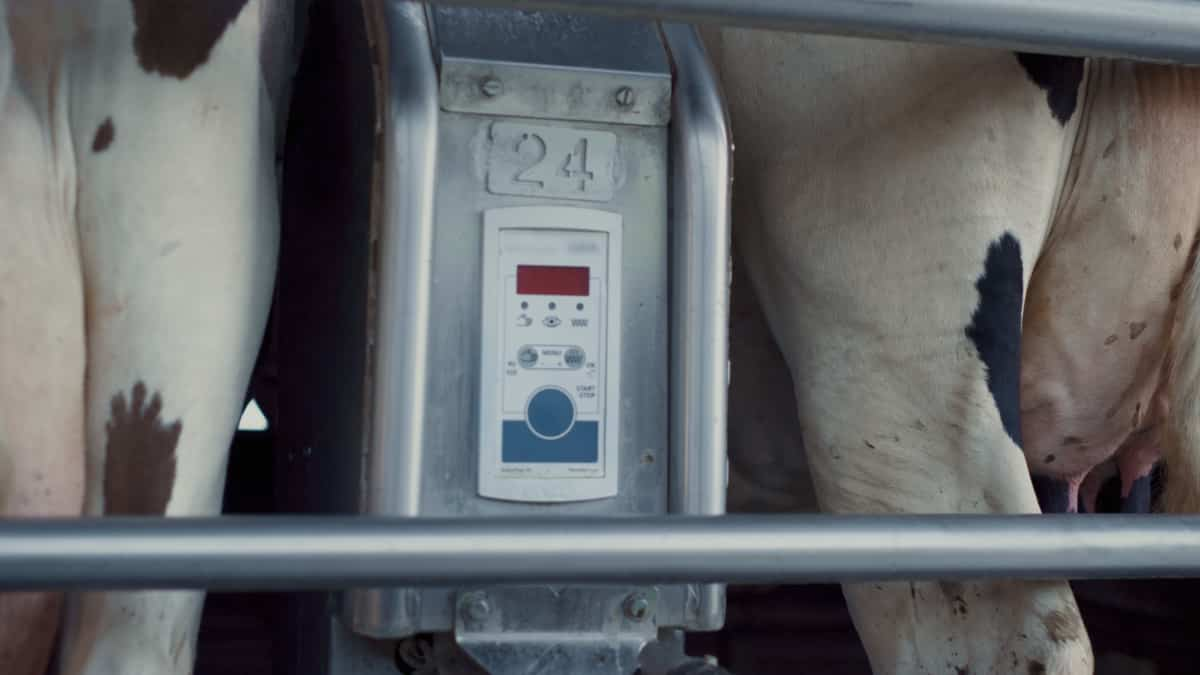
Why is it important to choose High-Tech agriculture In India?
Food consumption is rising due to India’s expanding population and rising standard of living. Hence it is critical to implement high-tech agriculture to boost yields and meet this need.
- Increasing farmer income: By enhancing quality and yields, high-tech agriculture can assist farmers in earning more money and securing their financial future.
- Managing climate change: Using innovations like precision irrigation and drought-tolerant plants, high-tech agriculture can help manage climate change’s effects, such as rising temperatures and water scarcity.
- Increasing food security: High-tech agriculture can do this by lowering the likelihood of crop failures brought on by pests and extreme weather. High-tech agriculture can help India grow its agricultural exports and become a significant player in the global food markets by providing high-quality, pesticide-free products.
Benefits of High-Tech farming
- Increase of Production: Production increases between 5 and 8 times and high productivity per unit area.
- Saving cost: Considerable savings on essential inputs like water (up to 50%) and fertilizers (up to 25%).
- Growth Conditions: Better growth and uniformity in quality.
- Better Land usage: The possibility even in undulating terrains, saline, waterlogged, sandy, and steep areas. Pesticides.
Potential areas for Hi-Tech agriculture?
- Urban and peri-urban locations provide year-round fresh product needs, including vegetables, fruits, and flowers. Limited land and water resource areas
- Regions where it is difficult to cultivate land due to snowfall and where low temperatures are common, making it difficult to grow crops in open fields.
- The adoption of technologies for intense production on small and marginal land holdings
- As a youth-driven agribusiness venture in rural and urban outlying areas
Hi-Tech Agriculture Activity
- Soil-less Agriculture (Hydroponic Vertical Farming) using 70% less water and closed-loop ebb and flow system.
- Protected cultivation under Greenhouse with Solar and Photovoltaic Systems for sustainable and environment-friendly operation.
- Hydroponics – Growing plants without soil using mineral nutrient solutions in water solvent.
- Aeroponics – Growing plants in an air or mist environment without the use of soil or an aggregate medium.
- Vertical farming – Growing vegetables in temperature, moisture, and nutrition-controlled indoor environments to improve yield and limit environmental externalities.
In case you missed it: Honey Processing Plant Project Report: Economics, Cost, and Profit
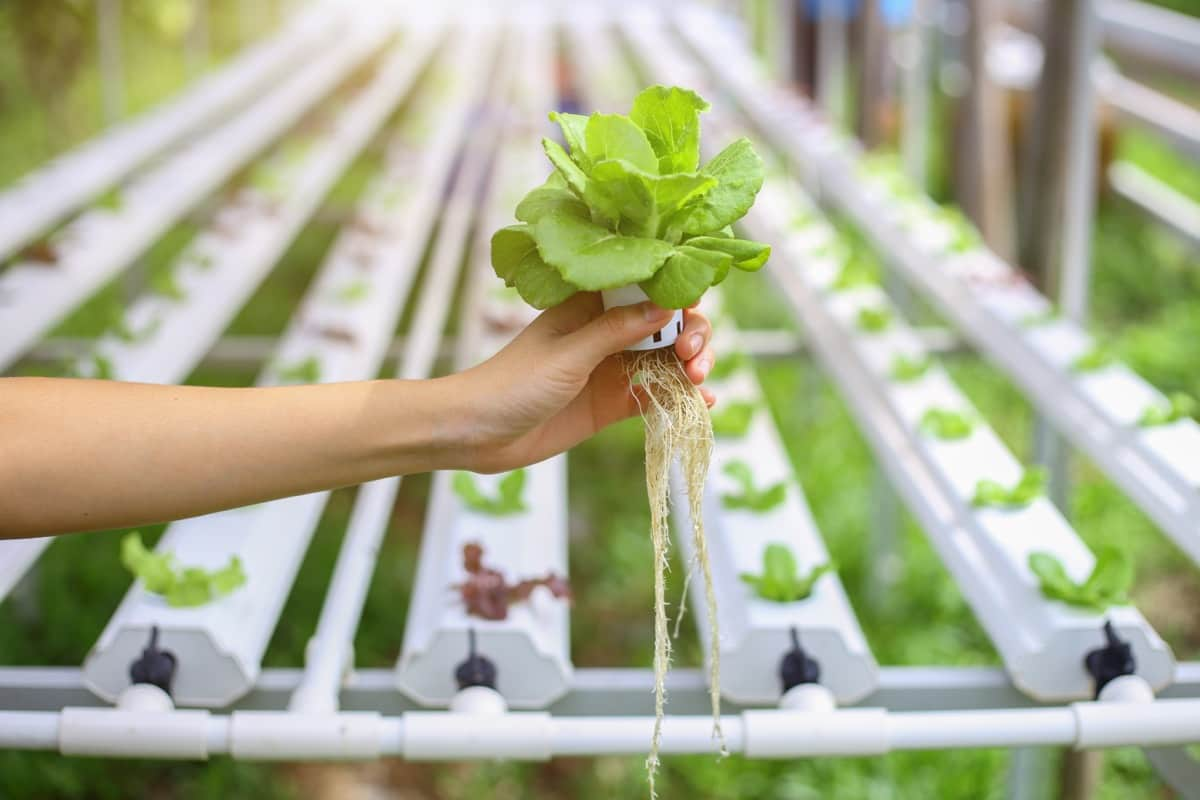
Rise of High-Tech farming with High-Value Crops (HVC)
High-value crops (HVCs) produce more net income per unit of resources than other competitive crop-growing activities. Farmers’ incomes have increased by diversifying into high-value crops like fruits and vegetables, notably in India, where demand for these items rises faster than for primary crops. HCV’s key activities include:
- Growing produce with a focus on urban and metro markets (in the urban periphery)
- Growing exotic and out-of-season vegetables in greenhouses for exports (asparagus, celery, bell pepper, sweet corn, lima, green, and lima beans),
- Floriculture: open-air and greenhouse production for domestic and international markets
- Under contract farming agreements, the production of crops for processing is tailored to industrial user demands, such as gherkins, potatoes, fruits, select vegetables for processing, flowers (for extracts), and medicinal and aromatic plants.
- Growing mushrooms.
- Hi-tech nurseries for fruits, vegetables, flowers, etc.
Urbanization is increasing the demand for high-value crops (HVCs) in India because of rising per capita income, shifting tastes and preferences, and rising female labor market involvement. The need for HVCs will increase quickly since, as of now, 28% of the population resides in urban areas, and by 2020, that number is predicted to reach 35%. Rural and urban consumption habits are both evolving to resemble one another.
Possibilities for Hi-Tech agriculture exports in India
Fresh Fruits and Vegetables: India exported Rs. 10062.93 crores of fresh fruits and vegetables in 2018–19. The market for these goods is expanding due to increased consumer acceptance of novel products and initiatives to encourage market expansion. As India’s level of life grows, there will likely be an increase in the demand for fresh fruits and vegetables.
Floriculture: In India, this sector is experiencing rapid expansion. Entrepreneurs have created export-oriented units in climate-controlled environments due to economic liberalization. Karnataka, Andhra Pradesh, and Tamil Nadu are the southern states where most units (50%) are situated. In 2018–19, a total of Rs. 1420.64 crores was exported in relation to floriculture and fruit and vegetable seed goods.
Fruits and vegetables that have been processed: In 2018–19, India exported Rs. 5591.34 crore worth of fruits and vegetables that had been processed. With the help of APEDA and the Ministry of Commerce and Industries, there has been a growth in demand for these items internationally in recent years.
In case you missed it: How to Build a Shade Net House: DIY in Simple Steps from Scratch for Your Garden
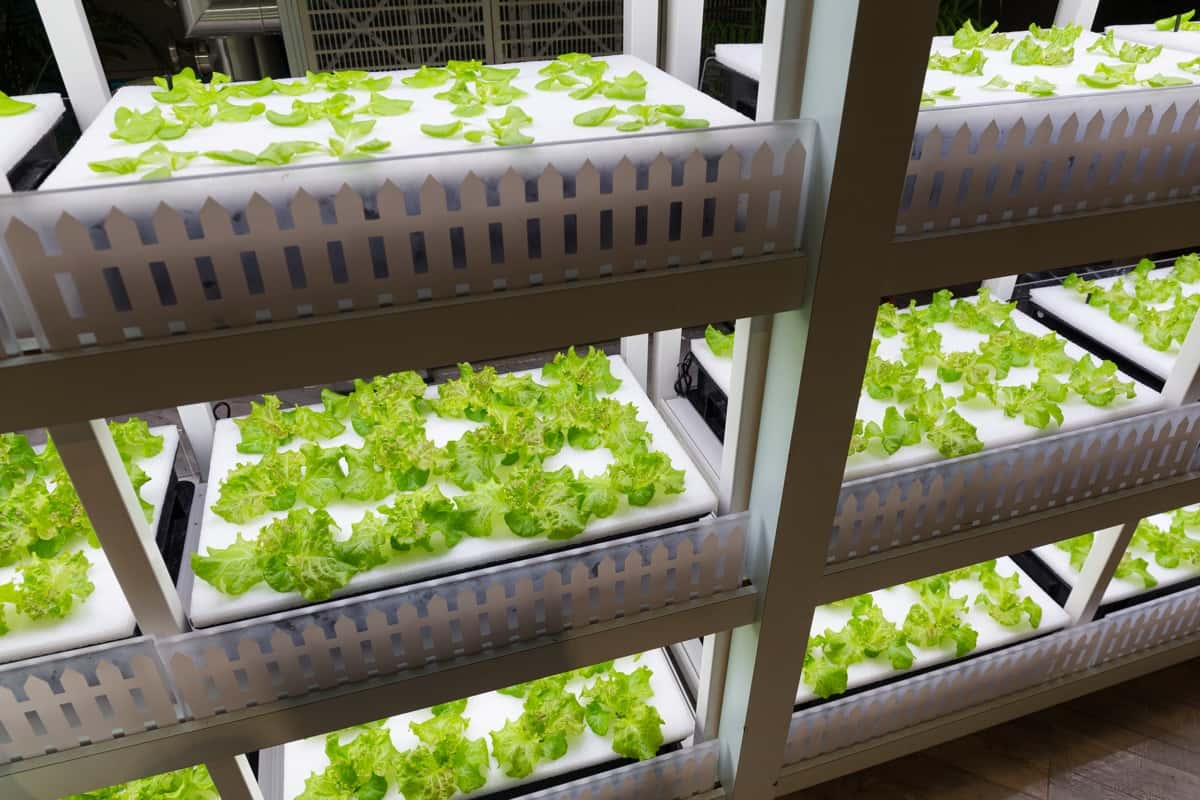
Animal products: Boneless beef from cattle raised in India is well-liked abroad. The export of animal products peaked in 2018–19 at Rs. 30309.38 crores.
Other processed goods: Guar gum and shelled groundnuts account for a sizable portion of Indian exports. Exports of other processed goods were Rs. 17986.40 crores in 2018–19.
Grains: Of all the agricultural export goods, cereals contributed the most in 2018–19, totaling Rs. 56841.27 crores. Of the grains shipped, Basmati and parboiled rice are essential products.
Small farmers can also benefit from high-value agriculture or high-tech farming. Still, challenges include infrastructure, technology transfer, marketing support, and affordable capital. India has been increasing its exports of high-value agricultural goods, and this trend is predicted to continue in the years to come. Due to evolving tastes and lifestyle choices, as well as improving living levels, there is a greater need for these items. The government is also trying to assist the sector’s expansion and promote these exports.
What are the Government interventions for High-Tech farming?
Incentives/subsidies for adopting high-value agricultural production are some of the significant government department promotional initiatives for the high-value agriculture industry, mainly in the National Horticulture Mission and other National Horticulture Board programs.
- Agricultural Processed Food material Export Development Authority and Marine Products Export Development Authority (MPEDA) promotional activities; Commodity Boards promotional activities; Export facilitation activities;
- State governments promote initiatives like precision farming, which focuses on high-value crops.
NABARD Initiatives
The National Bank for Agriculture and Rural Development (NABARD) has several initiatives to support the high-value agriculture sector. These include providing guidance to banks in the appraisal of high-tech agriculture projects, developing 143 model bankable projects, offering financial support to state governments for infrastructure development, and providing consultancy services to prospective entrepreneurs.
NABARD also supports training and exposure visits for small and marginal farmers and entrepreneurs through its Capacity Building Programme for Adoption of Technology. These initiatives aim to promote technology adoption and improve the competitiveness of the high-value agriculture sector.
In case you missed it: A Guide to Understand Importance of Drones in Agriculture/Farming: Advantages, Applications, and Different Types
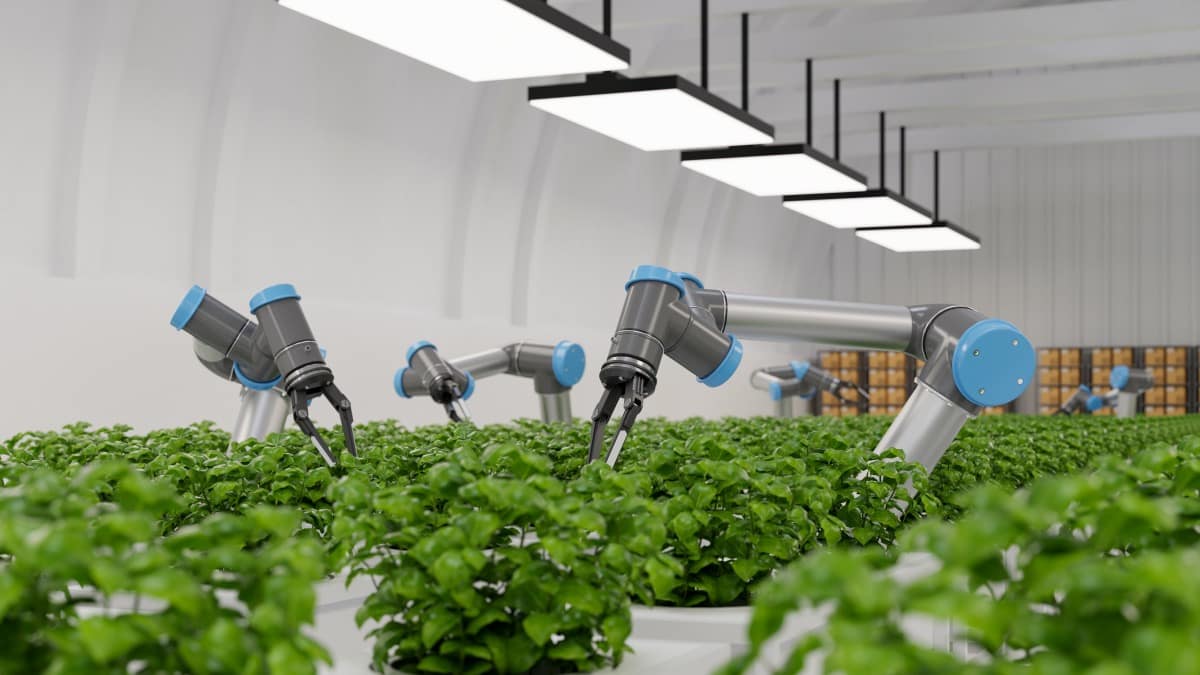
Issues related to promoting High-Tech agriculture in India
- Increasing the participation of small farmers in high-value agriculture production systems
- Technological transfer and access to institutional financing
- Marketing connections to ensure a fair price for output on a long-term basis.
- Making policy interventions possible
- Perishable high-value commodities like fruits and vegetables must be diversified simultaneously as urgent infrastructure demands like cold storage, swift transit facilities, etc.
- The lack of targeted risk management strategies to counteract significant production and market-related risks.
Plans for the advancement of High-Tech agriculture in India
- Study of successful models: Studying the successful models of Hi-Tech agriculture, such as the Precision Farming Program in Tamil Nadu, can help identify the best practices and replicate them in other areas to promote Hi-Tech agriculture.
- Identifying locations: Identifying specific locations and crops suitable for Hi-Tech agriculture can help map the potential for its growth in different areas.
- Development with group approach: Encouraging the participation of small and marginal farmers in Hi-Tech agriculture through group approaches such as farmers’ societies, producer companies, and self-help groups can help increase their engagement in this sector.
- Assessment of infrastructure: Assessing the infrastructure requirements for Hi-Tech agriculture, including post-harvest handling and transport logistics, can help ensure the smooth functioning of the sector.
- Preparation of credit-linked development plans: Preparing sector and activity-specific credit-linked development plans can help link the financing of Hi-Tech agriculture with credit institutions, enabling better access to funding.
- Supporting infrastructure: Providing infrastructure support for post-harvest handling, warehousing, and marketing through public-private partnerships or private-sector investments can help enhance the competitiveness of Hi-Tech agriculture.
- ICT-enabled services: Providing ICT-enabled services such as market information, technology inputs, and credit access can help farmers make informed decisions and improve their operations.
- User industry tie-up: Establishing a partnership between the Hi-Tech agriculture sector and the user industry can help ensure clean and equitable contracts for farmers and enable them to access the necessary inputs and financing.
In case you missed it: 10 Practical Applications of AI in Agriculture: Impacts and Benefits of Crop Health and Yield

Overall, these strategies aim to promote Hi-Tech agriculture in India by enabling better access to technology, credit, and infrastructure and by increasing the engagement of small and marginal farmers in this sector.
Policy framework for High-Tech agriculture in India
- Crop Diversification Policy: This policy aims to promote a well-balanced production of food crops such as cereals and pulses to meet the food security needs of the country and high-value crops to meet the demand projections. The focus is on increasing productivity through various interventions.
- Input Services and Output Handling: The policy aims to aggregate input services and improve output handling, particularly for small and marginal farmers.
- Post-Harvest Management: The policy seeks to create an enabling environment for improved post-harvest management and encourage private investment in this sector.
- Quality and Trade Literacy Programs: The policy aims to provide intensive quality and trade literacy programs for all stakeholders across the country.
- Better Share for Producers: The policy aims to ensure that producers receive a better share of the consumer price (currently only 30%) through cooperative models such as SAFAL and HOPCOMS.
- The impetus for Growers and Processing Agencies: The policy seeks to provide an impetus for growers and processing agencies, similar to the MAHAGRAPES model.
- Food Safety and Quality Controls: The policy recognizes that exporting high-value commodities requires controls on food safety and quality and requires expertise and infrastructure to address these issues.
- Institutional Finance: The policy recognizes that the production and marketing of high-value commodities are capital-intensive and therefore require institutional finance with realistic lending terms and appropriate risk mitigation measures such as insurance.
In case you missed it: How to Balance Soil pH in Agriculture: Increase, Decrease, Control Tips, and Techniques
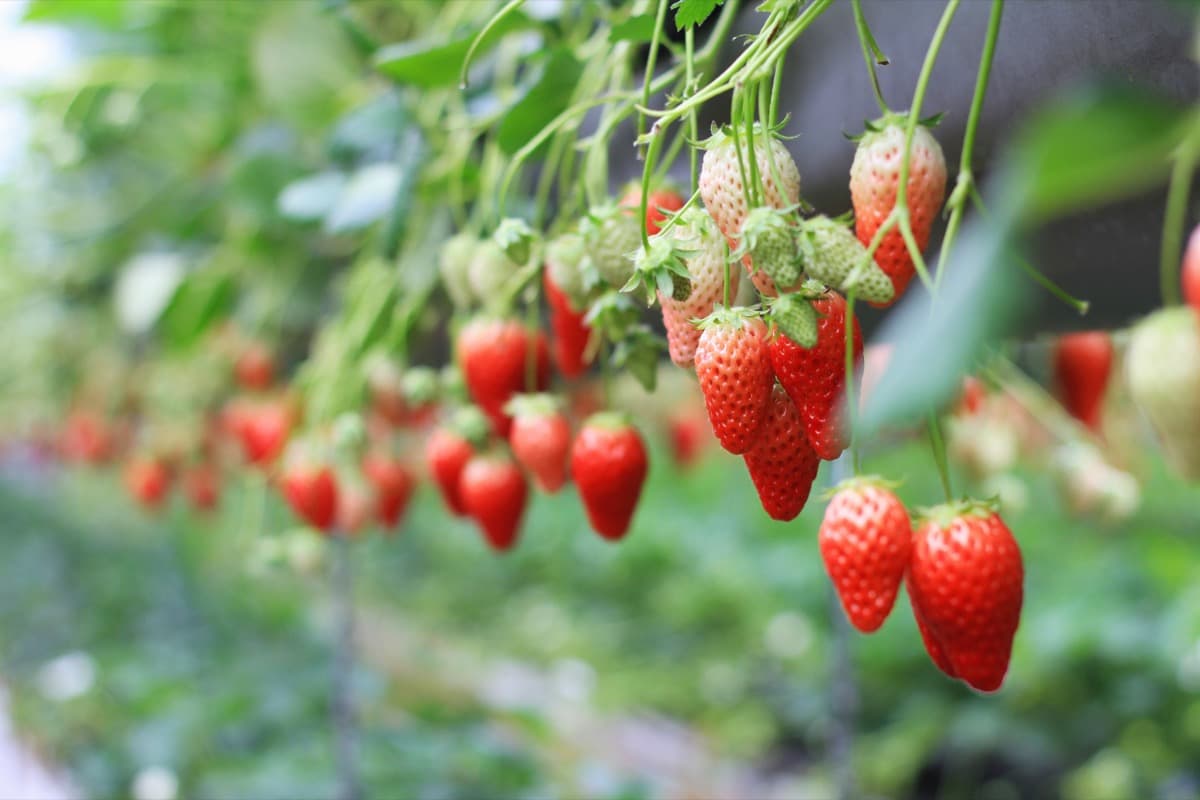
Conclusion
Revolutionizing Indian agriculture requires embracing high-tech farming. It includes precision farming, smart irrigation systems, & using data analysis for better yields. With the increasing demand for food and limited arable land, Indian farmers must adopt modern farming methods to improve productivity & profitability.
- Types of Pesticides Used in Agriculture: A Beginner’s Guide
- Economical Aquaculture: A Guide to Low-Budget Fish Farming
- 15 Common Planting Errors That Can Doom Your Fruit Trees
- How to Make Houseplants Bushy: Effective Tips and Ideas
- Innovative Strategies for Boosting Coconut Pollination and Yield
- Pollination Strategies for Maximum Pumpkin Yield
- The Complete Guide to Chicken Fattening: Strategies for Maximum Growth
- Natural Solutions for Tulip Problems: 100% Effective Remedies for Leaf and Bulb-Related Issues
- Revolutionizing Citrus Preservation: Towards a Healthier, Greener Future
- Natural Solutions for Peony Leaf and Flower Problems: 100% Effective Remedies
- Maximizing Profits with Avocado Contract Farming in India: A Comprehensive Guide
- Natural Solutions for Hydrangea Problems: 100% Effective Remedies for Leaf and Flowers
- The Ultimate Guide to Choosing the Perfect Foliage Friend: Bringing Life Indoors
- From Sunlight to Sustainability: 15 Ways to Use Solar Technology in Agriculture
- The Ultimate Guide to Dong Tao Chicken: Exploring from History to Raising
- The Eco-Friendly Makeover: How to Convert Your Unused Swimming Pool into a Fish Pond
- Mastering the Art of Delaware Chicken Farming: Essentials for Healthy Backyard Flocks
- 20 Best Homemade Fertilizers for Money Plant: DIY Recipes and Application Methods
- How to Craft a Comprehensive Free-Range Chicken Farming Business Plan
- Brighten Your Flock: Raising Easter Egger Chickens for Beauty and Bounty
- How to Optimize Your Poultry Egg Farm Business Plan with These Strategies
- Subsidy for Spirulina Cultivation: How Indian Government Schemes Encouraging Spirulina Farmers
- Ultimate Guide to Raising Dominique Chickens: Breeding, Feeding, Egg-Production, and Care
- Mastering the Art of Raising Jersey Giant Chickens: Care, Feeding, and More
- Ultimate Guide to Raising Legbar Chickens: Breeding, Farming Practices, Diet, Egg-Production
- How to Raise Welsummer Chickens: A Comprehensive Guide for Beginners
- How to Protect Indoor Plants in Winter: A Comprehensive Guide
- Ultimate Guide to Grow Bag Gardening: Tips, Tricks, and Planting Ideas for Urban Gardeners
- Guide to Lotus Cultivation: How to Propagate, Plant, Grow, Care, Cost, and Profit
- Agriculture Drone Subsidy Scheme: Government Kisan Subsidy, License, and How to Apply Online
- Ultimate Guide to Raising Araucana Chickens: Breed Profile, Farming Economics, Diet, and Care
- Bringing Hydroponics to Classroom: Importance, Benefits of Learning for School Students
- Ultimate Guide to Raising Polish Chickens: Breed Profile, Farming Economics, Diet, and Care
- Ultimate Guide to Raising Australorp Chickens: Profile, Farming Economics, Egg Production, Diet, and Care
- Silkie Chicken Farming: Raising Practices, Varieties, Egg Production, Diet, and Care
- Sussex Chicken Farming: Raising Practices, Varieties, Egg Production, Diet and Care